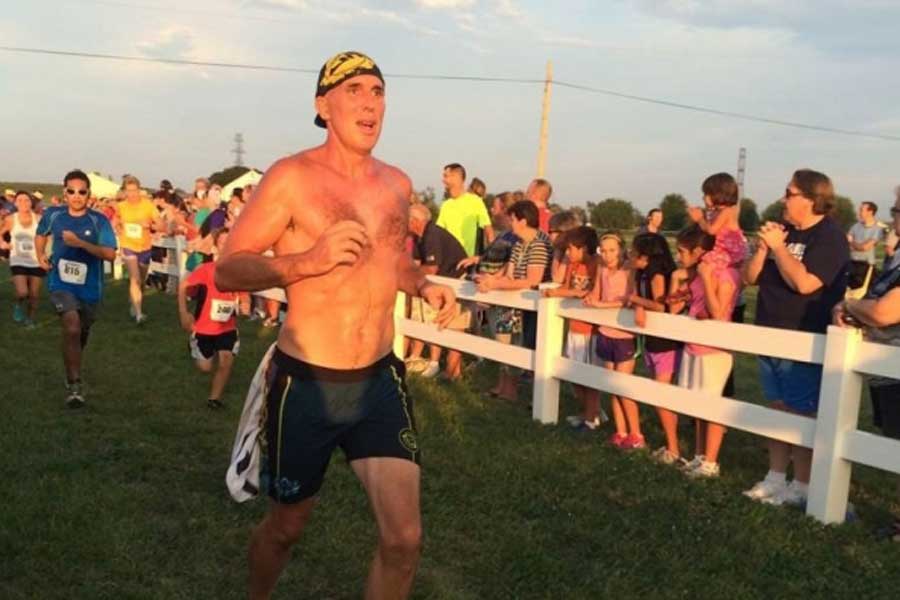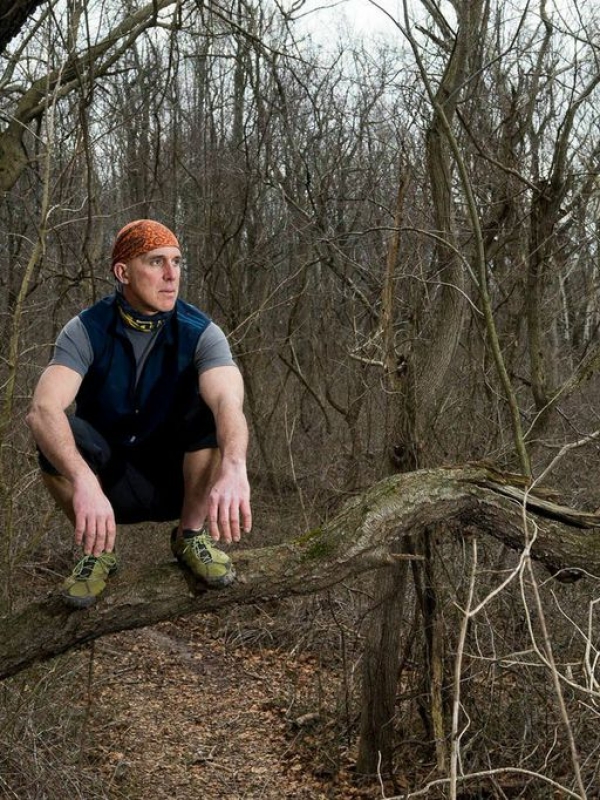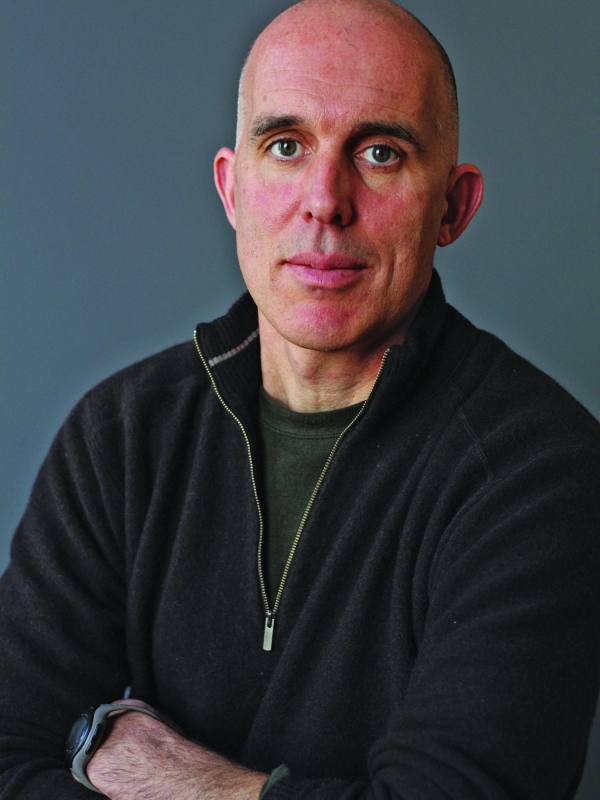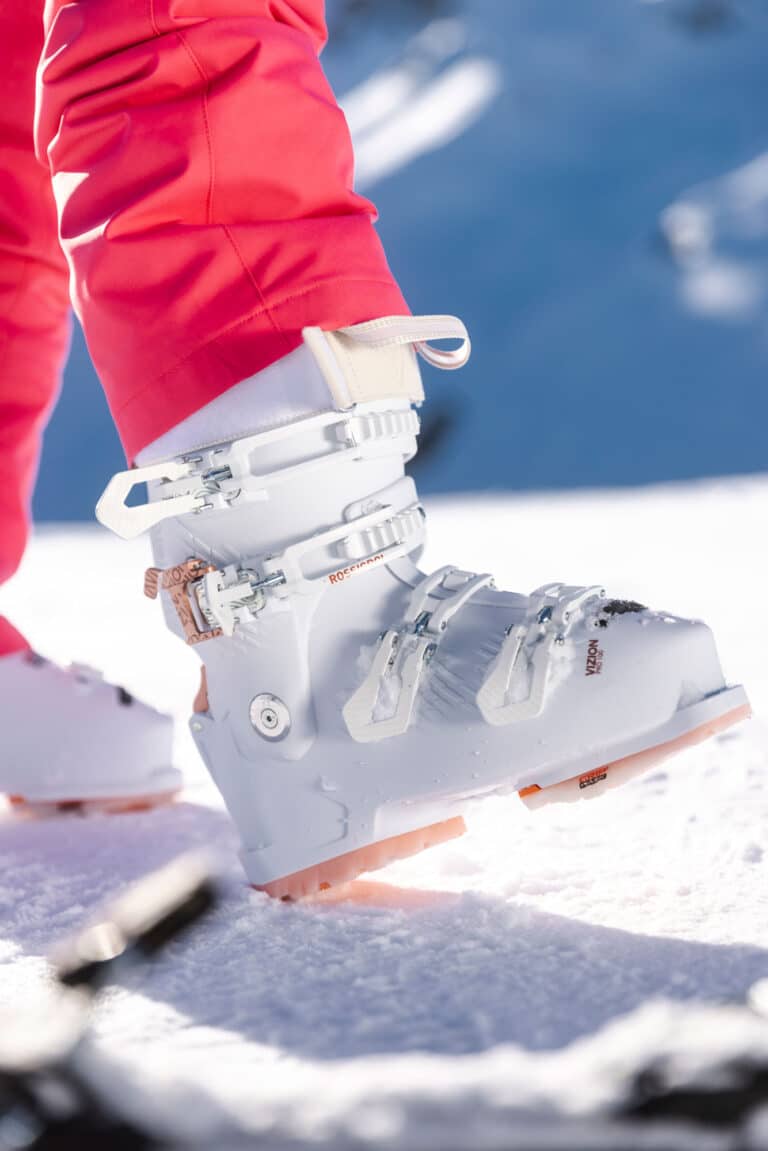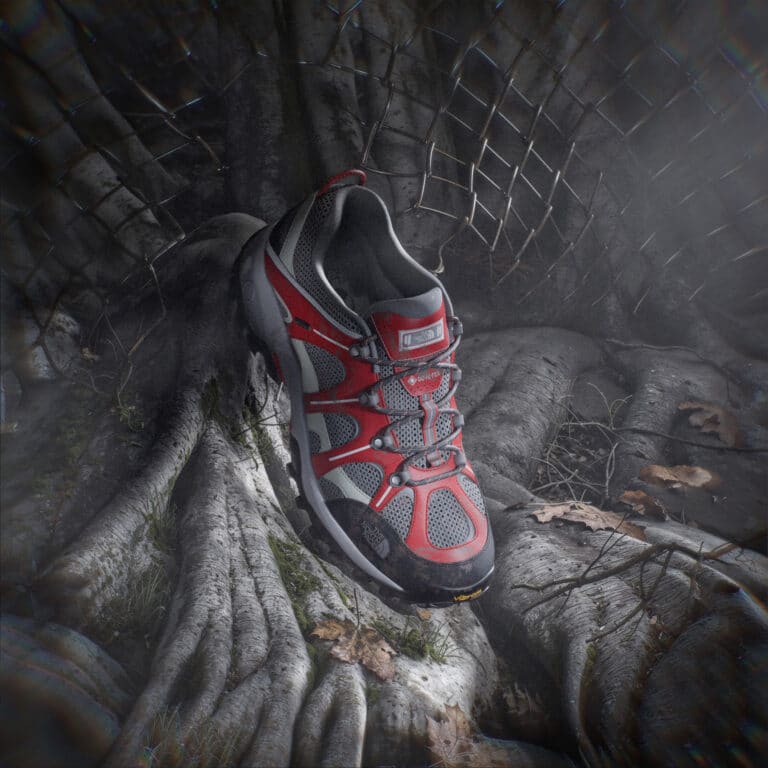Born to Run Author Christopher McDougall talks about his new book, resistance fighters, and the Five Fingers fallout.
In his bestselling book Born to Run, Christopher McDougall shadowed the indigenous Tarahumara and a wily ex-boxer named Caballo Blanco to uncover the secrets of distance running. (Matthew McConaughey is starring in the upcoming feature film as Caballo Blanco.) Now, in his new book Natural Born Heroes, McDougall follows in the footsteps of resistance fighters in World War II who plot the daring abduction of a general during the peak of the Nazi occupation. McDougall retraces their steps in the razor-sharp mountains of Crete, experiencing firsthand the extreme physical challenges they face. Along the way, he discovers surprising truths about fitness and heroism—truths that can change the way we move and live.
What inspired you to take the ideas of Born to Run beyond the running community?
CM: The minimalist running movement was already underway when I wrote Born to Run. I was just the dude sitting on the surfboard when the wave came. Similarly, the natural fitness revolution is already happening. Look at the explosion in obstacle course racing, Crossfit, mud runs—anything where people are getting outside and doing something unpredictable.
Like Born to Run, your new book is both a fitness revolution and an adventure story. Where does your latest adventure unfold?
CM: On Crete, the birthplace of the classical Greek heroism that spawned the likes of Heracles and Odysseus, I followed in the footsteps of World War II resistance fighters during Nazi occupation. How did they hike for hundreds of miles on a starvation diet and maintain the strength to defeat their enemies? That question drove this book. These particular heroes were a small band of misfits trying to recapture the island of Crete during World War II. But you don’t need war—or even a marathon—to be a hero. Our problem today is that we have artificially inflated heroes into superheroes. The truth is: all of us can be heroic.
What are the tools of natural fitness?
CM: Natural movement, extraordinary endurance, and efficient nutrition.
You don’t need anything but your brain and body. Too often, if someone can sell something that makes it easier, we buy it. We’re constantly pushed to purchase things that do the work for us. As a result, we live in a largely sedentary environment with high obesity rates, and fitness is not fun.
But a lot of folks like their workout routines and the reliability of the gym—especially in bad weather.
CM: We’ve given gyms a fair shot, and how well have they worked for us? Most folks who get their gym memberships in January have stopped showing up by March. We think we like routine and repetition, but really we don’t. Routines are boring and they don’t engage our whole selves.
There’s nothing wrong with getting wet in the rain. There’s nothing wrong with falling down. It’s okay to get hurt sometimes. Getting hurt shows you what your limits are. Our culture seems to fear knee scrapes and bruises, but we do even more harm sheltering ourselves from them.
Can city dwellers realistically adapt natural fitness into their training?
CM: Natural fitness is all about adapting to your surroundings and making use of what’s available. Over half of the world’s population now lives in cities. Parkour—running, jumping, and climbing over obstacles—is just one example of natural fitness adapting to an urban environment.
How has natural fitness changed the way you train personally?
CM: My fitness is a lot more randomized and playful. I recently went running with natural fitness guru Erwan LeCorre, and in the middle of the run, he suddenly veered right up and began scrambling up a steep slope. It seemed strange at the time, but I followed him, crawling on all fours up the cliff. It was unpredictable, and I was dialed in completely to the moment. That’s the beauty of uncertainty. Randomized fitness unlocks the power and immediacy of the experience.
Any specific challenges you like to do most?
CM: My favorite workouts are always out in nature. Personally, there is nothing better than chopping wood and hauling hay. I still love my running trails, but I also have a climbing rope outside my office and a wheelbarrow nearby.
Play doesn’t necessarily need purpose. It’s unstructured and meant to be fun and exploratory. At the same time, there are useful skills being learned through play. Play often comes from mimicking adults. Kids are often building blocks and stacking stuff when they’re younger, and later, they’re developing running and climbing skills on the playground.
What’s your reaction to the fallout from the Five Fingers lawsuit?
CM: It’s deflating that the conversation is always about the product. Vibram made promises about the shoes that they probably really believed were true, but they couldn’t prove them scientifically. In that sense, they really stepped on the rake. Unfortunately, a lot of people interpreted the lawsuit as saying minimalist shoes are bad. Born to Run wasn’t about shoes. It was about rediscovering natural running form and reconnecting with our running heritage.
